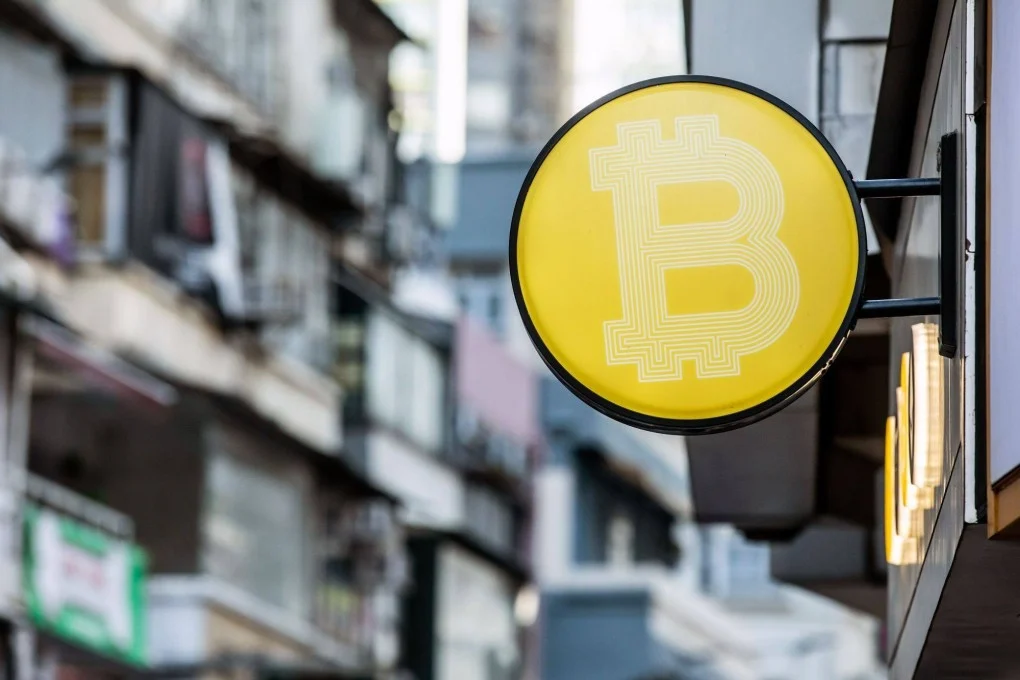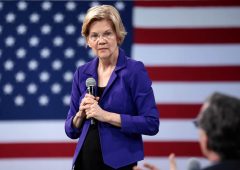Bitcoin Faces Uncertainty After Wild Swings as Sell Signals Emerge
17.04.2025 8:00 1 min. read Alexander Stefanov
Bitcoin has seen a volatile week, climbing over 7% and trading near $85,750 as of April 15.
The past few days featured intense swings—first, a sharp drop toward $75,000, followed by a rapid recovery that pushed prices up by more than 15%.
But despite the rebound, warning signs are flashing on the charts. Analyst Ali Martinez pointed out on social media that a popular technical indicator—the TD Sequential—is signaling potential short-term exhaustion on both the hourly and 4-hour timeframes.
Often used to anticipate trend reversals, the tool suggests that Bitcoin could be nearing another pullback.
Martinez didn’t offer a specific downside target, but recent data highlights two support zones: around $82,000, where nearly 97,000 BTC were recently accumulated, and a lower level near $79,000. A revisit of $75,000 can’t be ruled out, especially given the recent turbulence sparked by macro events like new trade policies.
On the flip side, there’s still fuel for optimism. Over the weekend, Bitcoin managed to break above its 50-day moving average for the first time since February—often seen as a bullish signal. If momentum holds, a move toward the $99,500 resistance area could be back on the table.
Still, uncertainty looms. The broader market remains cautious, and even small rallies could trigger profit-taking as traders remain wary of deeper corrections.
-
1
Nasdaq-Listed Mercurity Aims to Join Bitcoin Treasury Trend
13.06.2025 9:00 1 min. read -
2
Why Michael Saylor Bet on Bitcoin During the COVID Cash Crisis
12.06.2025 19:00 2 min. read -
3
Whale Leverages $30M on Bitcoin: Is a Parabolic Move Coming?
11.06.2025 21:00 1 min. read -
4
Pakistan Turns Unused Power Into Bitcoin and AI Infrastructure
13.06.2025 22:00 1 min. read -
5
Bitcoin’s Parabolic Trend Still Intact – But for How Long?
12.06.2025 12:00 1 min. read
Bitcoin Market Stalls as Profit-Taking, Whale Dispersal, and Sideways Action Define the Cycle
The Bitcoin market is entering a complex phase marked by rising realized profits, reduced whale balances, and historically prolonged sideways price movement.
UniCredit to Launch Structured Product Tied to BlackRock’s Spot Bitcoin ETF
European banking giant UniCredit is preparing to offer its professional clients a new investment product linked to BlackRock’s spot Bitcoin ETF (IBIT), according to a report by Bloomberg.
American State Bans Crypto Investments and Payments in Sweeping New Law
Connecticut has officially distanced itself from government adoption of digital assets like Bitcoin. On June 30, Governor Ned Lamont signed House Bill 7082 into law, placing sweeping restrictions on how the state and its agencies can engage with cryptocurrencies.
Strategy Boosts Bitcoin Holdings to 597,325 BTC with Latest Purchase
Bitcoin giant Strategy has added another 4,980 BTC to its reserves in a purchase worth approximately $531.9 million, according to Executive Chairman Michael Saylor.
-
1
Nasdaq-Listed Mercurity Aims to Join Bitcoin Treasury Trend
13.06.2025 9:00 1 min. read -
2
Why Michael Saylor Bet on Bitcoin During the COVID Cash Crisis
12.06.2025 19:00 2 min. read -
3
Whale Leverages $30M on Bitcoin: Is a Parabolic Move Coming?
11.06.2025 21:00 1 min. read -
4
Pakistan Turns Unused Power Into Bitcoin and AI Infrastructure
13.06.2025 22:00 1 min. read -
5
Bitcoin’s Parabolic Trend Still Intact – But for How Long?
12.06.2025 12:00 1 min. read


